William Thomas ‘Tommy’ Hall
William Thomas ‘Tommy’ Hall died on April 26, 1949 aged 72 years
This memorial was erected by his cycling friends as a tribute to a record breaking and world-famous cyclist on road and track:
A great rider and sportsman “Hackney's World Record Setting Cyclist”
Tommy Hall was born in Croydon on 4 July 1876 to William Nathaniel Hall and Nora Carey. By the 1881 census the Hall family was living in St Luke’s parish, Finsbury. William Nathaniel lists his occupation as ‘clock case worker’ and they have four children - Tommy is their second child.
The 1901 census records Tommy still living with his family who had moved to 104 Shepherd's Bush Road, London. Tommy’s occupation is listed as ‘cycle maker’. In 1912, Tommy married Hilda Harriet Taylor, aged 26, in a ceremony in Berlin, Germany. They had two daughters, Phyllis (born 1915) and Norah Hilda (born 1919). His wife, Hilda, is also buried in Abney Park and his daughter Norah (bur 24/12/1949) is recorded as being buried in the same grave as her father.
Hall started cycling in races in the 1890s - one of the golden ages of cycling, just over twenty years after cycling as a sport officially began on May 31, 1868, with a 1,200-metre (1,312-yard) race in Paris. Hall was a professional cyclist between 1900 and 1914 and he broke the world motor-paced hour record on the 14th September 1903, distancing 54.34 miles (87.391 kilometres) in one hour. The following year he came second in the European stayer (motor-paced) championship in 1904.
‘Motor-paced races were held in velodromes and involved the cyclist following a powerful motorbike as closely as possible to take advantage of their slipstream. In often crowded events, he would be dependent upon the motorcyclist's skill in keeping clear of opponents as well as reliant upon their setting an appropriate pace - fast enough to allow him to win, not so fast that he couldn't keep up. The motorbikes were specially adapted, not only for speed but also to sit the rider as far back and upright as possible to maximise their effectiveness as a windbreak.'
A newspaper item in July 1904 describes how Hall’s track accidents had left him covered with a mass of scars, cuts, bruises and a badly broken collar-bone. Colleagues and followers in France were proposing a benefit for him.
Hall competed competitively in Britain and in Europe until 1914. He continued to train other cyclists, and later rode a motorbike as a pacer. He was the pacer for Percy Wyld’s 1930 attempt at breaking the motor-paced record, in front of a crowd of 3,000 people, at the Derby Municipal Sports Ground. He became a cycling coach for the 1920 Olympics and played a role in the 1924 Paris Olympics.
A flyer for the 1947 Autumn Circuit races organised by the British League of Racing Cyclists in Battersea Park - the events were started and prizes given by Tommy. This is one of the few mentions of him making appearances in the 1940’s. Tommy Hall died on 26 April 1949 and was buried in a common grave in section J03. He was re-interred one week later in the private grave purchased by his friends from the cycling world.


